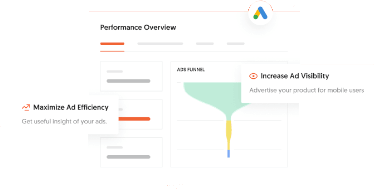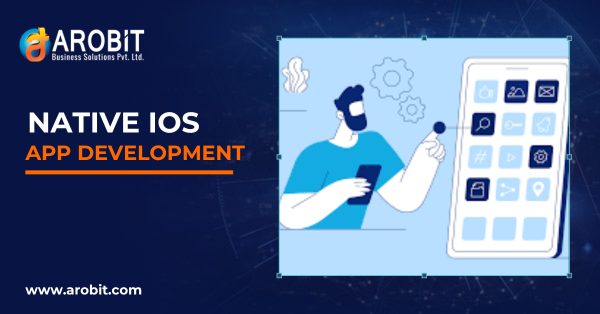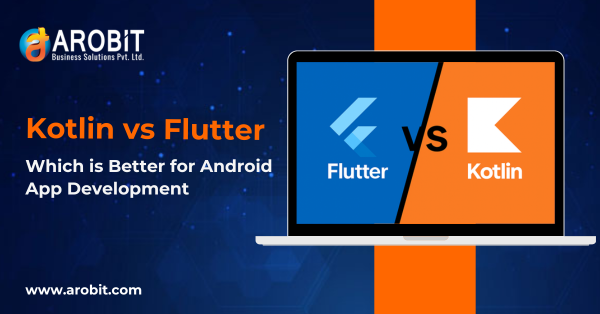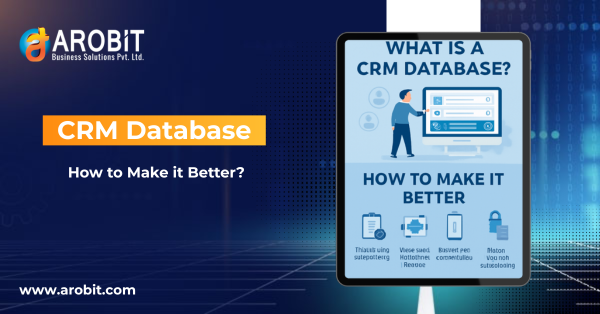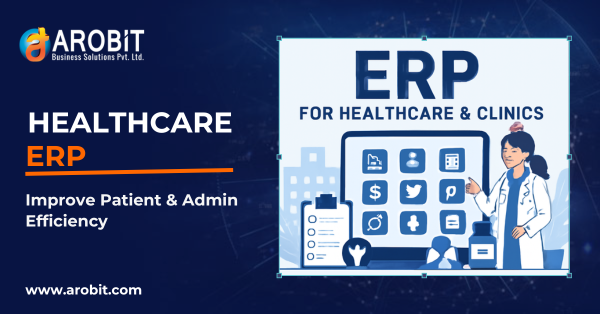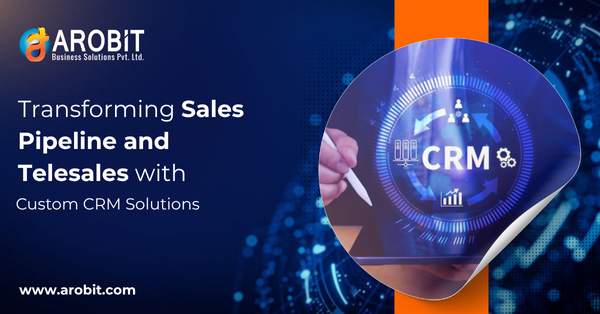More than 54% of the businesses today are investing in software development to reap the benefit of automation.
Irrespective of your business sector, it is important for all businesses today to have an efficiency process in place for delivery. The only way to make that happen is through the Software Development Life Cycle. It helps them stay competitive and innovate their way to progress.
In fact, more than 83% of the businesses today are using the benefits of customer software solutions in their favor. If you are thinking about delving deep in the sea of SDLC, then below we have all the answers for you. Read on.
Say Hello to SDLC!
A systematic approach called the Software Development Life Cycle (SDLC) describes the phases of creating software applications. It includes several approaches that direct the development process, guaranteeing that software is created to satisfy user needs and quality criteria. Below are the essential benefits that comes with SDLC implementation, check it out:
- Improved Quality: Structured processes lead to higher quality software.
- Clear Documentation: Each phase produces documentation that aids in future development.
- Better Project Management: Helps in planning, monitoring, and controlling the development process.
- Increased Customer Satisfaction: Ensures that the final product meets user expectations.
So, these are the perks of implying software development for your business but, it is important that you invest it right. This is why below we have covered the different versions of SDLC to proceed ahead with clarity. Read on.
Different Types of SDLC
Choosing the correct method for your project depends on knowledge of the different types of SDLC. Among the most often utilized SDLC methodologies are these:
Table 1. Different Types of SDCL
SDLC Model | Description |
Waterfall Model | A linear and sequential approach, where each phase must be completed before the next begins. |
Agile Model | An iterative approach that emphasizes flexibility and customer collaboration throughout the development process. |
Spiral Model | Combines iterative development with systematic risk assessment, allowing for gradual refinement. |
V-Model | An extension of the Waterfall Model, where testing is planned parallel to each development stage. |
RAD Model | Focuses on rapid prototyping and iterative releases, allowing for quick feedback and adjustments. |
Waterfall Model
Among the earliest and most basic SDLC approaches, the Waterfall Model ranks. Its separate stages are: maintenance, deployment, testing, implementation, design, and requirement analysis. Projects with well defined needs will benefit most from this approach. The primary features that this methodology brings along are:
- Linear progression
- Easy to understand and manage
- Well-documented phases
Agile Model
The Agile Model aims for quick delivery and adaptability. It stresses user input through iterative development and consistent feedback. Agile approaches like Scrum and Kanban let you constantly improve and change with the times. Check out the key features that this model has in store for you.
- Frequent iterations
- Customer involvement throughout the process
- Focus on collaboration and flexibility
Spiral Model
The Spiral Model integrates the methodical features of the Waterfall Model with the iterative character of Agile. Its emphasis on risk assessment and refinement over continuous cycles makes it perfect for complicated and high-risk projects. Check out the essential attributes of this type of SLDC:
- Emphasis on risk management
- Iterative development with user feedback
- Suitable for large projects with evolving requirements
V-Model
Incorporating testing at every development stage, the V-Model broadens the Waterfall Model. Every stage of development has a matching testing stage, so guaranteeing that quality is preserved all through the process. Here are some of the key features that come along this model. Check it out.
- Testing is integrated into every development phase
- Clear and structured approach
- Ensures early detection of defects
RAD Model
Rapid prototyping and faster software delivery are the main goals of the Rapid Application Development (RAD) Model. It lets developers change things depending on user input by stressing user feedback and iterative releases. Take a look at its essential features:
- Fast development cycles
- User feedback is integral to the process
- Focus on prototype development
But, the question still remains is how to choose the right type of SDLC for your business needs. Below we have answered it for you.
Choosing the Right SDLC Model
Choosing the right SDLC approach depends on several elements, including project size, complexity, and stakeholder participation. Here are a few things to think about:
- Project Requirements : If requirements are well-defined and unlikely to change, the Waterfall Model may be suitable. For projects with evolving requirements, Agile or Spiral models are preferred.
- Risk Factors: For high-risk projects, the Spiral Model’s focus on risk management can be beneficial.
- Project Timeline: If time is of the essence, RAD or Agile methodologies allow for quicker delivery.
So, these aspects show how you can find the right model for your business needs. Now when you are planning to invest in custom software development, below we have explained how to go about it.
Custom Software Development and SDLC
In the realm of custom software development, understanding SDLC processes is vital. A software development company can leverage these methodologies to create tailored solutions that meet specific business needs. Custom software development often requires a more flexible approach, making Agile or RAD methodologies particularly effective. Below are the essential benefits you get with custom software development, check it out.
- Tailored Solutions: Custom software can be designed specifically to meet unique business requirements.
- Scalability: Custom solutions can easily adapt as your business grows.
- Cost-Effectiveness: Although initial costs may be higher, custom solutions can reduce long-term operational costs.
If you are looking for professionals who can manage your custom software development requirement, then you can always knock on the doors of Arobit. You get skilled and qualified professionals to understand your requirements and ensure that all the boxes are ticked.
Final Takeaway
Hopefully you have got a complete understanding of different SDLC models and their respective methodologies that can serve your business purpose to perfection. It is essential for any business to be completely involved in the process of software development.
If you are able to choose the right SDLC types, you will benefit from better management, product quality, and most importantly enhanced customer satisfaction. This is where we at Arobit can make the job hassle-free for you. Consult now!
FAQs
What are the main types of SDLC?
The main types include Waterfall, Agile, Spiral, V-Model, and RAD.
How do I choose the right SDLC methodology?
When choosing a methodology, think about project needs, complexity, risk elements, and deadlines.
Why is SDLC important in custom software development?
SDLC guarantees a methodical development process, hence improving the quality and efficacy of the software products.
Can a software development company use multiple SDLC methodologies?
Indeed, plenty of software development firms use a hybrid strategy that mixes components from several approaches to best fit project requirements.



